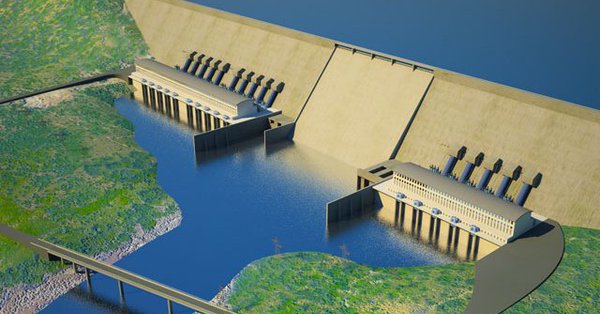Ethiopia and Egypt are yet again in wrangles over concerns arising from the construction and filling of the Grand Ethiopian Renaissance Dam (GERD).
During a meeting held early this week, Ethiopia rejected Egypt’s proposal that suggests the dam should release a minimum of 40 billion cubic metres of water from the GERD annually so that the Aswan High Dam is maintained at 165 meters above sea level.
Ethiopia, however, argues that Eqypt’s plan will prolong the filling of the GERD which is estimated to last two years if Ethiopia’s proposal of releasing only 35 billion cubic metres is adopted.
Proposals from both countries agree that the first of five phases for filling the dam should take two years, at the end of which the GERD’s reservoir in Ethiopia would be filled to 595 metres (1,952 feet) and all the dam’s hydropower turbines would become operational.
Egypt fears the dam will restrict the already stretched supplies from the Nile, from which it draws 90% of its freshwater which it uses for drinking, agriculture and industry. Furthermore, it risks losing more than one million jobs and $1.8bn in economic output annually, as well as electricity valued at $300m if its concerns are not met.
GERD is a gravity dam on the Blue Nile River in Ethiopia that has been under construction since 2011. At 6.45 gigawatts, the dam will be the largest hydroelectric power plant in Africa when completed, as well as the 7th largest in the world.
Related: Ethiopia’s Plan to Construct Two Dams Along Omo River a Threat to Kenyans Depending on L. Turkana



